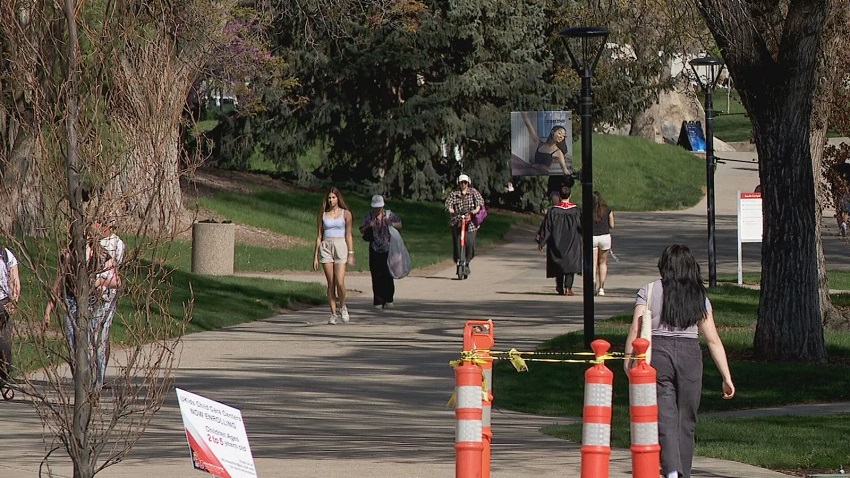Ogden, UTAH – Utah’s higher education landscape is undergoing significant upheaval as several universities across the state are forced to make deep cuts in response to a new legislative mandate. Utah State University became the first institution to announce the elimination of more than two dozen academic programs, including majors in engineering, public health, and elementary education. The decision follows the passage of HB 265, a new state law known as the Higher Education Strategic Reinvestment Act, which aims to address a $60 million reduction in funding for public universities.
The cuts are not limited to academic programs. Multiple institutions, including the University of Utah, Weber State University, and Salt Lake Community College, are also grappling with the need to eliminate faculty and staff positions in an effort to balance their budgets. Schools are now forced to prioritize programs that are deemed essential or financially sustainable, with a particular focus on high-demand, high-wage fields.
Under the new law, universities are given the option to reinvest cuts into these high-demand fields, though even some of these programs are not immune to reductions. As a result, students across the state have been left uncertain about the future of their academic careers.
At Utah State University, the list of programs slated for elimination includes several popular but under-enrolled fields. The university’s plans to cut 14 majors, including engineering and public health, have raised alarms among students who fear their programs may be next. “It’s just a nervous, like feeling of impending doom, almost you don’t know what is going to happen in the future,” said Jacob Neely, a student at the University of Utah, voicing the concerns many students share as they await further announcements.
For freshmen like Maddie Croft, the uncertainty has extended beyond core degree programs to include minors and other areas of study. “Minors that I have and things that I am looking into, and I am wondering if they are going to get cut,” Croft said, reflecting the anxiety felt by many students unsure about their academic future.
Though some students at Utah State University are worried about their own programs, others are more concerned about the impact on their peers. “I am worried about my friends,” said Mary Jane Ward, a biology major at the university. “I have a lot of friends who are atmospheric science majors, which are not very common.” Programs like atmospheric science, which serve a small but dedicated group of students, are particularly vulnerable under the new funding restrictions.
The University of Utah is also examining its academic offerings, considering cuts to specialized programs such as mining, metallurgical, and geological engineering. Similarly, Weber State University has announced plans to eliminate more than two dozen majors and minors, including geography, mathematics, and applied physics.
In a move to mitigate the impact on students enrolled in these programs, Utah State University has assured students that they will have up to three years to complete their degrees in affected fields. Weber State University has made similar promises, allowing students to finish out their degrees or certificates.
Each of Utah’s public higher education institutions is working to determine which programs will be cut, with a final decision required by the end of May. For example, the University of Utah must reduce its budget by more than $19 million, while other schools face varying levels of cuts based on their funding needs. All final plans will be reviewed by the Utah Board of Higher Education and submitted for approval by the state legislature by June 6, 2025.
The broader implications of these cuts are not yet clear, but the cuts represent a significant shift in how higher education is approached in Utah. For many students, the uncertainty surrounding their academic futures has cast a shadow over what should be a time of excitement and opportunity. As decisions continue to unfold, students, faculty, and staff will be watching closely to see what the future holds for Utah’s public universities.

